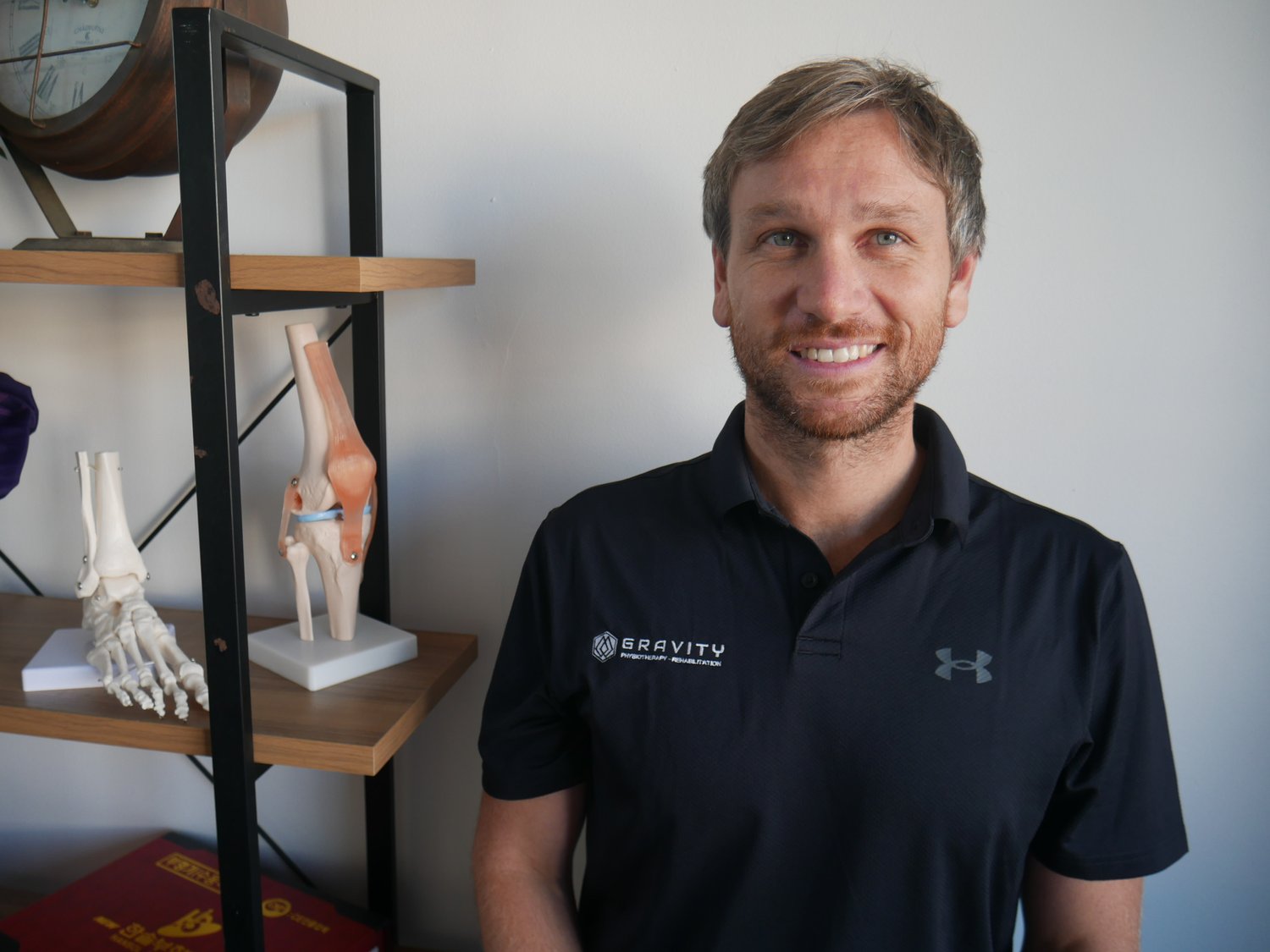Patellar Instability: Understanding Recurrent Dislocation and Subluxation
What is Patellar Instability?
Patellar instability is a common knee condition that can cause significant pain and functional limitations. It refers to the abnormal movement of the patella, or kneecap, either partially (subluxation) or completely (dislocation) out of its normal position in the trochlear groove of the femur. This condition can occur due to various factors, including traumatic events, chronic ligamentous laxity, bony malalignment, connective tissue disorders, or anatomical abnormalities.
In this comprehensive guide, we will explore the causes, pathophysiology, diagnosis, treatment options, and prevention considerations for recurrent patellar instability. By understanding this condition, patients and healthcare professionals can work together to effectively manage and prevent future episodes.
Anatomy and Physiology of the Patellofemoral Joint
To understand patellar instability, it's essential to grasp the anatomy and physiology of the patellofemoral joint. The patellofemoral joint consists of the patella, or kneecap, and the cartilaginous anterior surface of the distal femur, known as the trochlear groove. The proper biomechanics of this joint rely on an intact and anatomically aligned trochlear groove and congruent forces acting on the patella, allowing it to glide smoothly within the groove.
The stability of the patella is further supported by both bony and soft tissue structures. The trochlear groove provides inherent stability, while the quadriceps tendon, patella, and patellar tendon make up the extensor mechanism of the knee. The medial patellofemoral ligament (MPFL) is a crucial soft tissue structure that prevents lateral patellar motion and plays a significant role in maintaining patellar stability. Additionally, the vastus medialis and vastus lateralis muscles contribute to dynamic stability, with the vastus medialis offering medial restraint to lateral translation.
Causes and Risk Factors
Patellar instability can result from a combination of factors, including acute trauma, chronic ligamentous laxity, bony malalignment, connective tissue disorders, or anatomical abnormalities. Some individuals may be more predisposed to this condition due to certain risk factors.
Age and gender have been identified as significant risk factors for patellar instability. It commonly affects young individuals, particularly those aged 10 to 16 years old. Females, in particular, have a higher prevalence of patellar instability compared to males. Other risk factors include obesity, participation in sports activities that involve rapid deceleration and twisting, and a history of previous patellar dislocations.
Signs and Symptoms
The signs and symptoms of patellar instability can vary depending on the severity of the condition. Individuals may experience a range of symptoms, including:
Patellar Dislocation or Subluxation: The first symptom of patellar instability may be an injury where the patella slips to the outside part of the knee. This commonly occurs during activities involving flexion and rotation of the knee. In severe cases, the patella may be visibly displaced on the outer aspect of the femur, leading to a notable lump and severe pain.
Feeling of Buckling and Apprehension: Patients may report a sensation of the knee buckling or giving way, particularly during activities that involve bending and twisting at the knee. This feeling of apprehension is often localized to the front part of the knee.
Intermittent Pain, Swelling, and Clicking: Individuals with patellar instability may experience intermittent pain, swelling, and clicking sensations in the knee joint. These symptoms can vary in intensity and may occur during or after physical activities.
It is important to note that some individuals may only experience one episode of patellar instability, while others may have recurrent episodes over time.
Diagnosis of Patellar Instability
Diagnosing patellar instability involves a thorough evaluation of the patient's medical history and a detailed physical examination. Your healthcare provider will inquire about the events leading to the first episode of patellar instability and assess for any underlying factors contributing to the condition.
During the physical examination, your physio will assess the tracking of the patella in the trochlear groove, examine for tight ligaments on the outside of the knee, and evaluate the strength of the inner quadriceps muscle (VMO). This assessment helps determine the cause of the instability and identify any other alignment issues or muscle weakness that may be contributing to the condition.
In addition to the physical examination, imaging studies are typically ordered to further evaluate the patellofemoral joint. X-rays are commonly used to assess the shape of the patella and trochlear groove. MRI scans may also be performed to assess the cartilage lining of the joint and evaluate the integrity of the soft tissues that hold the patella in place.
Treatment Options
The treatment for patellar instability depends on various factors, including the severity of the condition, the frequency of dislocations or subluxations, and the patient's overall health and activity level. The primary goals of treatment are to reduce pain, improve stability, and prevent future episodes of instability.
Conservative Treatment: Many cases of first-time patellar dislocations without loose bodies or significant articular damage can be managed conservatively. Conservative treatment options may include rest, immobilization with a brace or cast, physical therapy, and non-steroidal anti-inflammatory medications. Physical therapy plays a crucial role in strengthening the quadriceps muscles, improving core and hip strength, and correcting any muscle imbalances that may contribute to instability.
Surgical Intervention: In cases of recurrent patellar instability or severe anatomical abnormalities, surgical intervention may be recommended. The specific surgical procedure will depend on the underlying cause of the instability and may involve techniques such as MPFL reconstruction, trochleoplasty, tibial tubercle osteotomy, or realignment procedures to correct bony malalignment.
Management and Prevention Considerations
After treatment, the management of patellar instability involves ongoing care and preventive measures to minimize the risk of future episodes. This includes:
Rehabilitation and Physiotherapy: Following surgical intervention or conservative treatment, rehabilitation and physical therapy are crucial for a successful recovery. Physical therapy should focus on closed chain exercises, quadriceps strengthening, core and hip strengthening, and improving flexibility. These exercises help improve muscle balance, stability, and overall knee function.
Bracing and Supportive Devices: Depending on the severity of the instability and the patient's activity level, bracing or supportive devices may be recommended to provide additional stability and protection to the knee joint. These devices can help prevent excessive lateral movement of the patella and reduce the risk of further dislocations or subluxations.
Activity Modification: It is important to modify activities that may put excessive stress on the patellofemoral joint. Avoiding high-impact sports or activities that involve rapid changes in direction or twisting motions can help prevent recurrent episodes of patellar instability.
Maintaining a Healthy Weight: Obesity is a known risk factor for patellar instability. Maintaining a healthy weight through proper nutrition and regular exercise can help reduce the strain on the knee joint and minimize the risk of instability.
Conclusion
Patellar instability is a challenging condition that can significantly impact an individual's quality of life. Understanding the causes, symptoms, and treatment options for recurrent patellar instability is crucial for effective management and prevention. By working closely with healthcare professionals, patients can develop a comprehensive treatment plan that addresses their specific needs and helps them regain stability and function in the knee joint. With proper care and preventive measures, individuals with patellar instability can lead active and fulfilling lives, free from the limitations of recurrent dislocations or subluxations.



